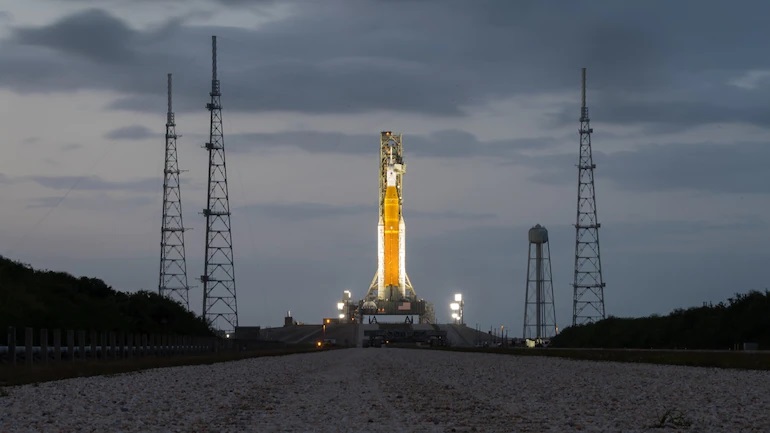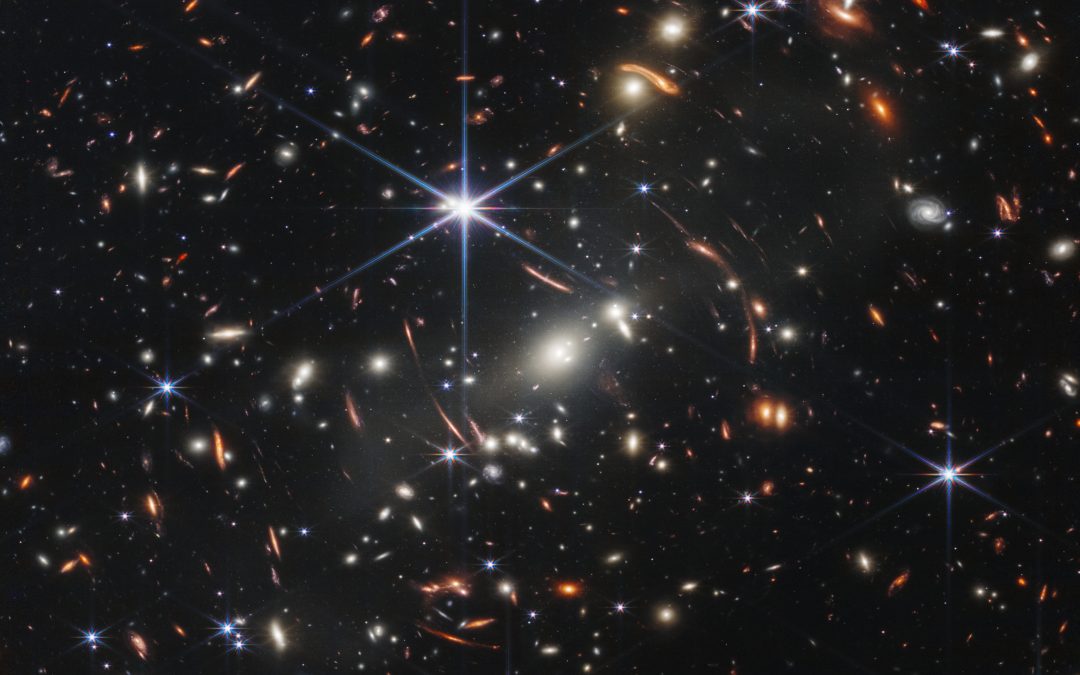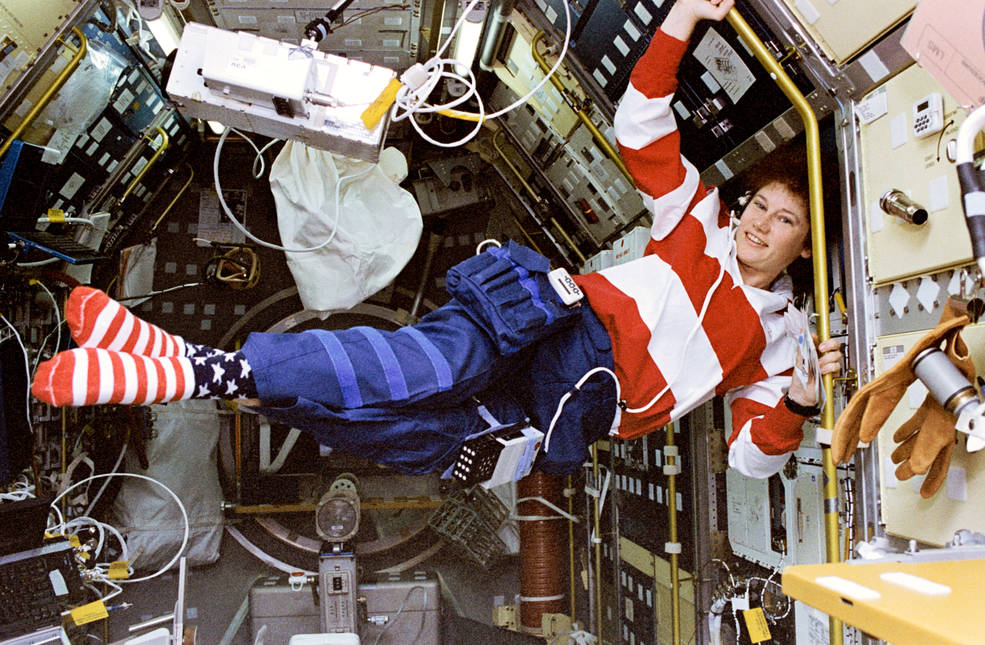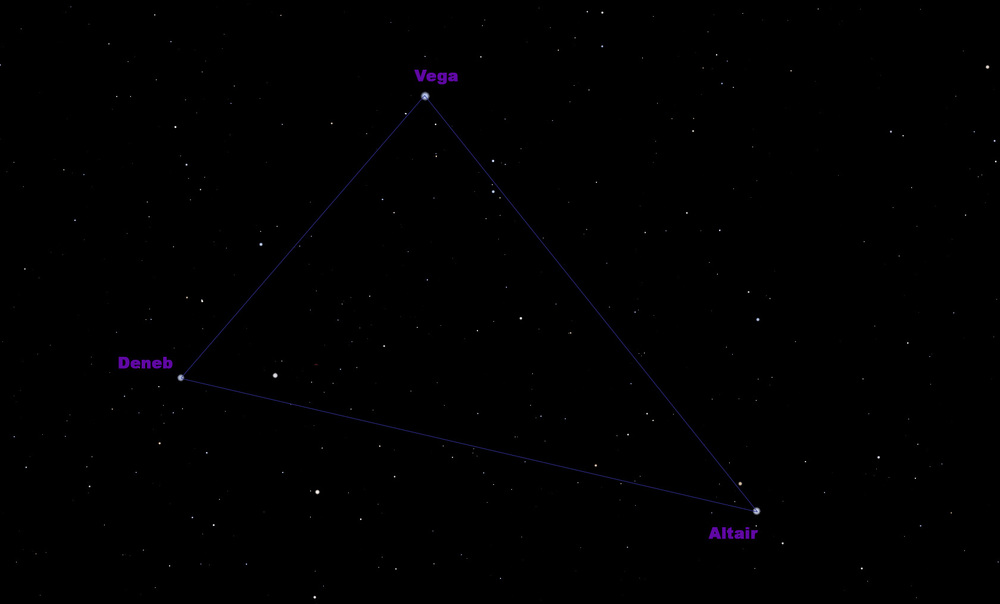Podcast: Play in new window | Download | Embed
Subscribe: RSS
On the day that we’re recording this, NASA’s Space Launch System is about to blast off. But everyone is expecting it’ll be delayed to October. When it does launch, it’ll be the most powerful rocket on Earth. Well, until Starship blasts off. Are we about to see t…














